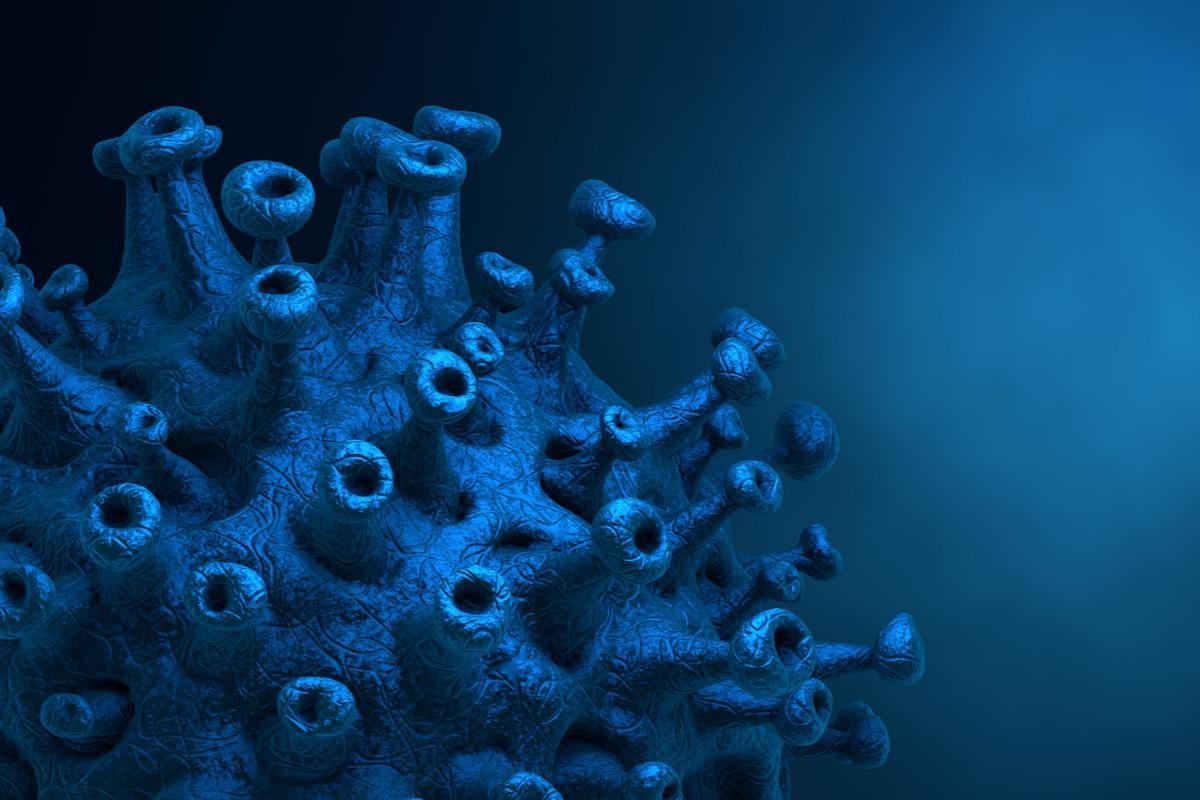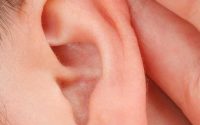Neutralizing antibodies produced following COVID-19 BNT162b2 vaccine found to activate complement cascade
In a recent study posted to the bioRxiv* pre-print server, researchers investigated the complement component 1q (C1q) binding and subsequent complement activation by neutralizing antibodies (nAbs) produced following coronavirus disease 2019 (COVID-19) vaccination.

The activation of the complement cascade provides a protective immune response against severe acute respiratory syndrome coronavirus 2 (SARS-CoV-2) infection. However, if activated aberrantly, it leads to the deterioration of patients with severe symptoms. Some of the antibodies produced following vaccination bind the receptor-binding domain (RBD) of SARS-CoV-2 spike (S) protein, referred to as nAbs.
The fragment, crystallizable (Fc) portion of nAbs can interact with Fc receptors found on immune cells and with recognition molecules of the complement system, such as C1q, which activate the classical complement pathway. However, the level of C1q binding and complement activation can vary between nAbs.
About the study
In the present study, researchers recruited participants who had received their first, second, or booster vaccine doses of either the BBIBP-CorV or BNT162b2 vaccines between July 2021 and March 2022.
The team divided individuals in both vaccinated and non-vaccinated groups into two groups. Before sample collection, 22 unvaccinated individuals tested negative in a reverse transcription-polymerase chain reaction (RT-PCR), and 13 tested positive.
Of the vaccinated individuals who received the messenger ribonucleic acid (mRNA)-based BNT162b2 vaccine, 29 received a single vaccine dose (1DP group), and 27 received two doses (2DP). Likewise, 21 individuals received a single dose of the BBIBP-CorV vaccine (1DS), and 24 received two doses (2DS). The remaining 15 vaccinated individuals had received a third booster dose (3D).
For each participant of the test and control groups, the team noted the following data – age, sex, height, weight, vaccination date, vaccine type/dosage, and adverse events following vaccination. The team collected samples in plain blood collection tubes with a gel separator to assess C1q binding and subsequent complement activation by anti-RBD antibodies produced following vaccination. For the relative quantification of immunoglobulins G (IgG) and IgM antibodies, the researchers performed an enzyme-linked immunosorbent assay (ELISA). Additionally, they performed ELISA for quantifying C1q and C5b-9 recognition molecules.
The team added 100 µl from a solution of 1% serum in phosphate-buffered saline (PBS) with 0.1% PBST in 96-well SARS-CoV-2 S RBD-coated plates and incubated for 90 mins at 37°C while the control wells only had PBST. Following incubation, plates were washed three times with PBST and blocked with 120 µl of blocking buffer for 30 min at 37°C.
Subsequently, they incubated plates with horseradish peroxidase (HRP)-conjugated rabbit anti-human IgG polyclonal antibodies at a concentration of 1:2000 in blocking buffer at 4 °C overnight for IgG and IgM measurement.
While for C1q and C5b-9 measurement, the wells were washed three times with PBST, then incubated with rabbit anti-human C1q polyclonal antibodies at a concentration of 1:500 in blocking buffer at 4°C overnight.
The researchers performed the Shapiro-Wilk test to test the distribution of data. Then, they performed Mann–Whitney U test for single pairwise comparisons between dose-matched vaccine groups. Likewise, they did the Kruskal–Wallis test followed by Dunn’s test for multiple pairwise comparisons between vaccine groups. The nonparametric Spearman correlation coefficient (rs) denoted the magnitude and direction of correlation between different test variables, with a probability value (p) less than 0.05 considered significant.
Study findings
Dunn’s multiple comparisons statistical test following Kruskal–Wallis test revealed that all groups, including 1DP, 2DP, 2DS, and 3D, had significantly higher anti-RBD IgG levels (and bound C1q) than the control group.
The relative level of anti-RBD IgG between the BNT162b2 and BBIBP-CorV vaccinated groups revealed higher levels of bound C1q in the 1DP compared to the 1DS group as well as higher levels in the 2DP compared to the 2DS group. The 2DP group had almost twice as much anti-RBD IgG as 2DS, although the time since the latest vaccine dose in the 2DP and 2DS groups was 113.4 days and 72.46 days, respectively.
The authors found a significant correlation between bound C1q and anti-RBD IgG, with rs = 0.87 and p<0.0001. Notably, the correlation between C1q and anti-RBD IgG was not linear after a while. The ratio of C1q/anti-RBD IgG for each participant in the BNT162b2 and BBIBP-CorV vaccine groups was similar, suggesting that the amount of C1q bound per IgG did not differ significantly.
The data indicated that the anti-RBD IgG formed following vaccination with either BNT162b2 or BBIBP-CorV were able to bind C1q. Notably, BNT162b2 led to the formation of more anti-RBD IgGs and subsequently bound more C1q.
Similar to bound C1q and anti-RBD IgG, there was a significant correlation between bound C1q and C5b-9, with rs= 0.9, indicating that the classical pathway activation following C1q binding was closely associated with activation of the terminal pathway and formation of C5b-9. Moreover, the BNT162b2 vaccinated participants had a significantly higher C5b-9 formation per C1q binding leading to increased complement activation. Vaccination with one dose confirmed the significant increase in anti-RBD IgG but not IgM.
Conclusions
The study findings demonstrated that the time of sample collection after vaccination had a no/minimal effect on anti-RBD IgG levels. Moreover, these antibodies persisted for over six months following a positive RT-PCR test, consistent with several recent reports. Conversely, anti-RBD IgM levels were significantly decreased at six months post-infection; in addition, vaccination did not elicit them like the natural SARS-CoV-2 infection.
The study data also indicated that anti-RBD IgG but not IgM was more important in complement activation following vaccination, where C5b-9 strongly and significantly correlated to the amount of bound C1q, which strongly correlated to the amount of bound antiRBD-IgG.
The manipulation of the Fc portion of monoclonal antibodies could enhance their effector functions, and the process is relevant in vaccine production. Thus, this emphasizes investigating anti-SARS-CoV-2 S-RBD IgGs in the presence and absence of C1q and other complement components in future studies.
*Important notice
bioRxiv publishes preliminary scientific reports that are not peer-reviewed and, therefore, should not be regarded as conclusive, guide clinical practice/health-related behavior, or treated as established information.
- Anas H. A. Abu-Humaidan, Fatima M. Ahmad, Dima Awajan, Raba’a F. Jarrar, Nader Alaridah. (2022). Anti-SARS-Cov-2 S-RBD IgG formed after BNT162b2 vaccination can bind C1q and activate complement. bioRxiv. doi: https://doi.org/10.1101/2022.04.24.489298 https://www.biorxiv.org/content/10.1101/2022.04.24.489298v1
Posted in: Medical Science News | Medical Research News | Disease/Infection News
Tags: Antibodies, Assay, Blood, Coronavirus, Coronavirus Disease COVID-19, covid-19, Enzyme, Immune Response, Polymerase, Polymerase Chain Reaction, Protein, Receptor, Respiratory, Ribonucleic Acid, SARS, SARS-CoV-2, Severe Acute Respiratory, Severe Acute Respiratory Syndrome, Syndrome, Transcription, Vaccine

Written by
Neha Mathur
Neha is a digital marketing professional based in Gurugram, India. She has a Master’s degree from the University of Rajasthan with a specialization in Biotechnology in 2008. She has experience in pre-clinical research as part of her research project in The Department of Toxicology at the prestigious Central Drug Research Institute (CDRI), Lucknow, India. She also holds a certification in C++ programming.
Source: Read Full Article


